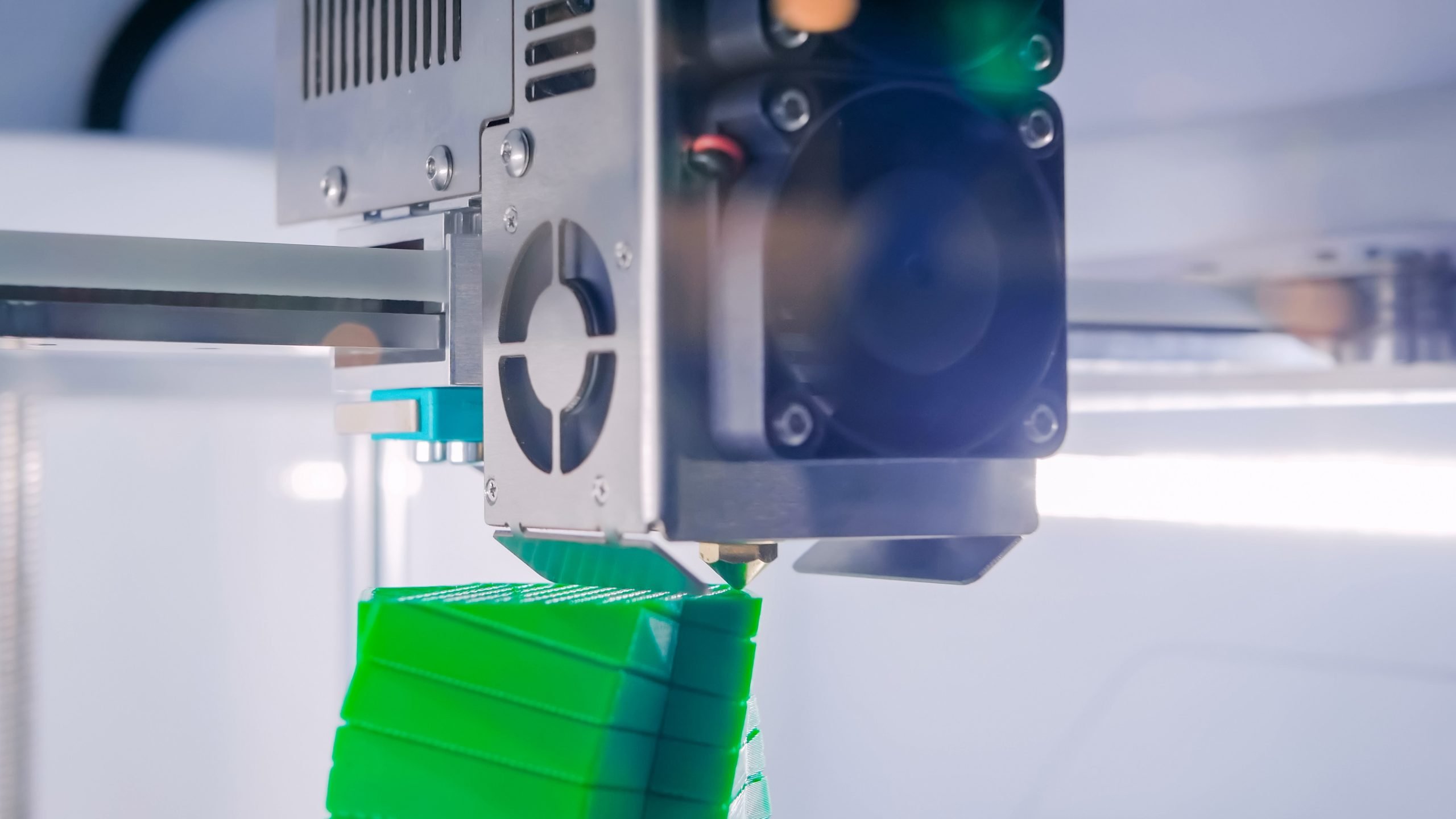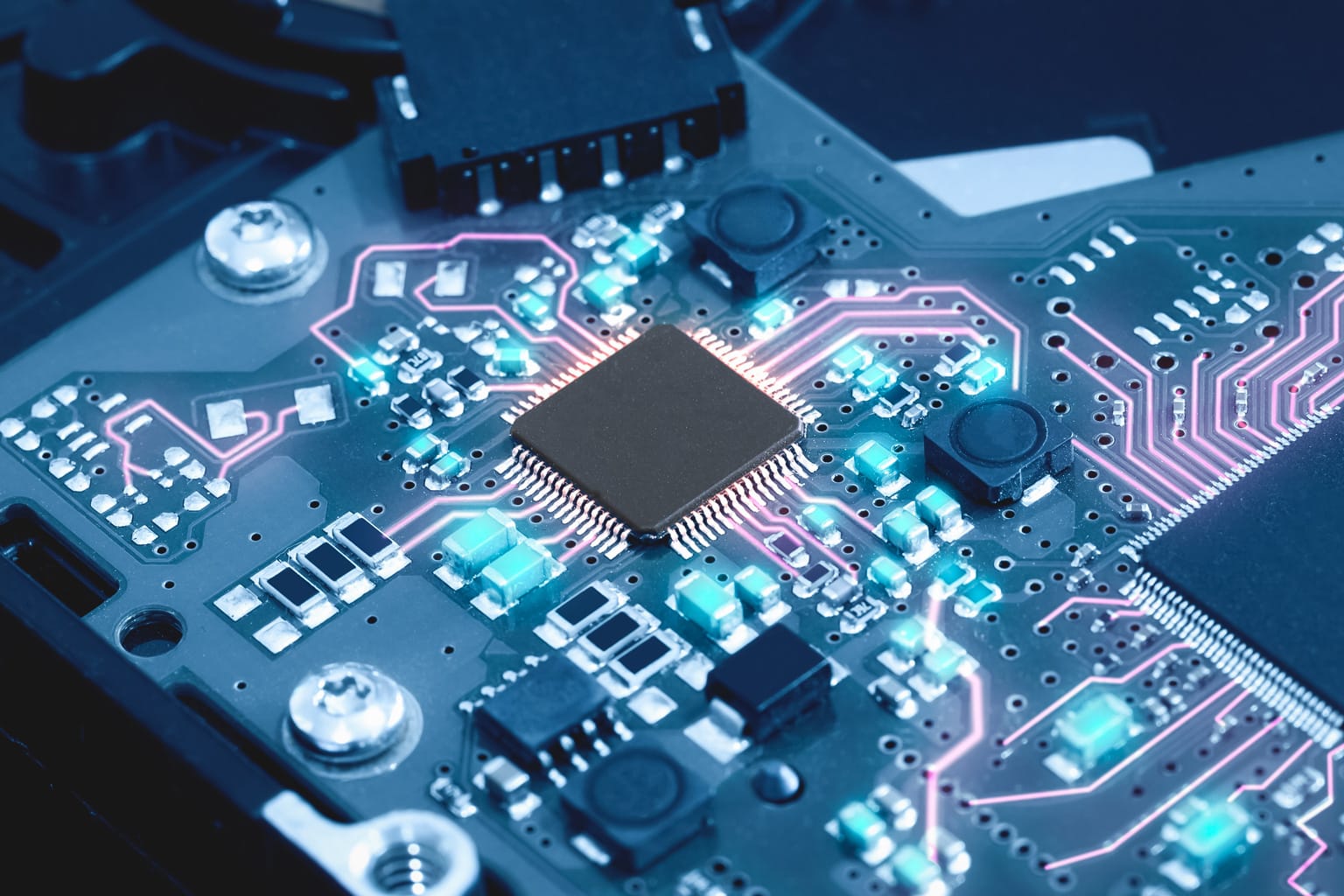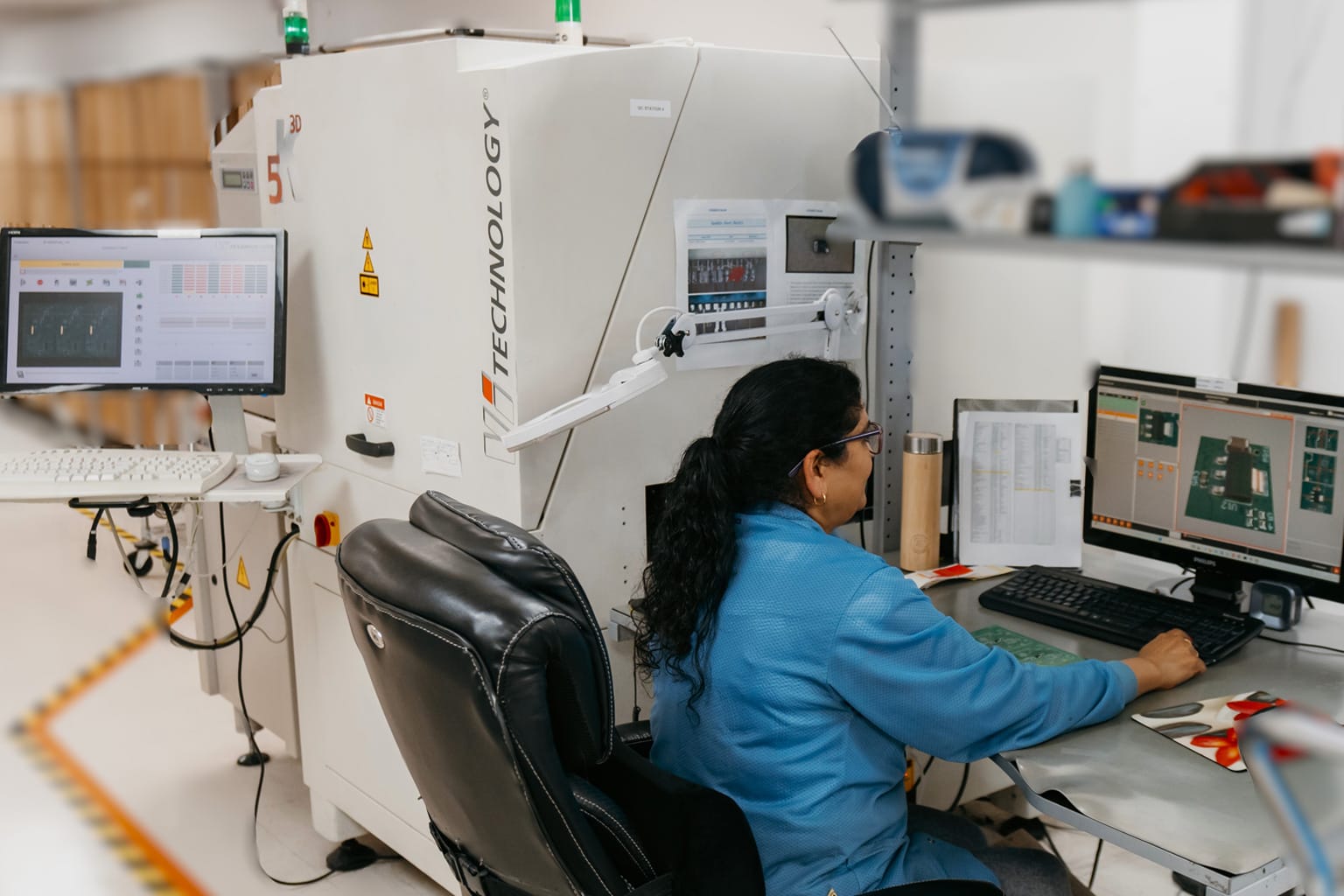The rapid pace of innovation in the electronics industry demands equally fast and flexible methods of production and prototyping. 3D prototype printing, also known as additive manufacturing, is becoming an indispensable tool for engineers and manufacturers. This technology accelerates the development process and allows for greater experimentation and refinement of products before they reach the market.
Understanding 3D Prototype Printing
3D prototype printing involves creating three-dimensional objects from digital files by layering successive materials. In electronics manufacturing, 3D printing is a pivotal tool for developing prototypes quickly and efficiently. This technology offers numerous benefits, including reduced time-to-market, lower costs, and the ability to create complex and intricate designs that are challenging with traditional manufacturing methods.
Types of 3D Printing Technologies:
Fused Deposition Modeling (FDM)
- Utilizes a continuous filament of thermoplastic material.
- Ideal for creating durable and functional prototypes.
Stereolithography (SLA)
- Uses a laser to cure liquid resin into solid layers.
- Known for producing highly detailed and smooth prototypes.
Selective Laser Sintering (SLS)
- Fuses powdered material using a laser.
- Suitable for complex geometries and strong, functional parts.
Direct Metal Laser Sintering (DMLS)
- Similar to SLS but uses metal powders.
- Creates strong and durable metal parts for robust applications.
Step-by-Step Guide to 3D Prototype Printing
Step 1: Conceptualization and Design
The journey of 3D prototype printing begins with a solid concept. This phase involves generating innovative ideas, creating initial design concepts, and ensuring the designs are manufacturable. Utilizing CAD software such as AutoCAD, SolidWorks, or Fusion 360, engineers can brainstorm and refine solutions.
Step 2: Creating the 3D Model
Once the design is finalized, it’s time to bring it to life by converting it into a 3D model. This involves translating the design into 3D printable formats like STL or OBJ. Ensuring the model is watertight, with no holes or gaps, is essential. Additionally, optimizing the model’s orientation can minimize the need for supports and reduce post-processing time, enhancing the overall efficiency of the printing process.
Step 3: Material Selection
Choosing the right material is a pivotal step that determines the functionality and performance of your prototype. Common materials include PLA, ABS, resins, and metals, each offering unique properties. When selecting materials, consider factors such as strength, flexibility, thermal resistance, and conductivity to ensure the prototype meets the specific requirements of your electronic component. This careful selection process guarantees that the final product will perform as intended.
Step 4: Printing the Prototype
With the 3D model ready and materials selected, setting up the printer is the next crucial step. Calibrating the printer, loading the material, and preparing the print bed are all vital to ensuring a successful print. Key parameters such as layer height, print speed, and temperature must be adjusted appropriately. Addressing common issues like warping, stringing, and surface defects during the printing process can prevent problems and improve the quality of the prototype.
Step 5: Post-Processing
After printing, the prototype often requires additional finishing touches to achieve the desired quality. This step involves carefully removing any support structures and employing techniques like sanding, polishing, and painting to enhance the appearance and functionality. If the prototype consists of multiple parts, assembling them accurately is essential to completing the prototype and ensuring it meets the design specifications.
Step 6: Testing and Evaluation
The final step is rigorous testing to ensure the prototype meets all design and functional requirements. Functional testing verifies that the prototype operates as intended within the electronic system. Design evaluation involves assessing the prototype against the initial design criteria and making necessary adjustments. Using feedback and test results, the design can be refined, and subsequent iterations can be produced, leading to a fully optimized prototype ready for production.
Benefits of 3D Prototype Printing in Electronics Manufacturing
1. Speed and Efficiency
3D printing drastically reduces the time to market for new products. The ability to quickly produce and iterate on prototypes accelerates design validation and product development cycles. This speed and efficiency enable manufacturers to respond swiftly to market demands and technological advancements, giving them a significant competitive edge.
2. Cost-Effectiveness
Compared to traditional prototyping methods, 3D printing lowers costs by minimizing material waste and eliminating the need for expensive tooling and molds. The cost savings extend beyond materials to include reduced labor and production time, making 3D printing a highly cost-effective solution for prototype development.
3. Design Flexibility
3D printing offers unparalleled design flexibility, enabling the creation of complex and intricate designs that are difficult or impossible with conventional manufacturing techniques. This flexibility allows for greater customization and personalization of prototypes, meeting specific project requirements, and fostering innovation in design.
4. Innovation and Competitive Advantage
Rapid prototyping fosters innovation by allowing engineers to experiment with new designs and concepts without the constraints of traditional manufacturing. This capability to quickly test and refine ideas helps companies stay ahead of market trends and continuously improve their products. The strategic use of 3D printing in prototyping provides a significant competitive advantage in the fast-paced electronics industry.
Leading the Future of Electronics Manufacturing with 3D Printing
Integrating 3D prototype printing into electronics manufacturing offers unparalleled benefits in terms of speed, cost, flexibility, and innovation. We encourage you to explore the possibilities of 3D printing for your prototyping needs.
IMS Electronics Manufacturing has a rich, two-decade history of excellence in electronics manufacturing. With a proven record of innovation and quality, we have seamlessly integrated 3D printing into our prototyping processes. Our expertise and commitment to leveraging cutting-edge technologies ensure that we deliver superior prototypes that meet the evolving needs of our clients.
Contact our team today and make the first move toward transforming your manufacturing process with advanced 3D printing technologies.




